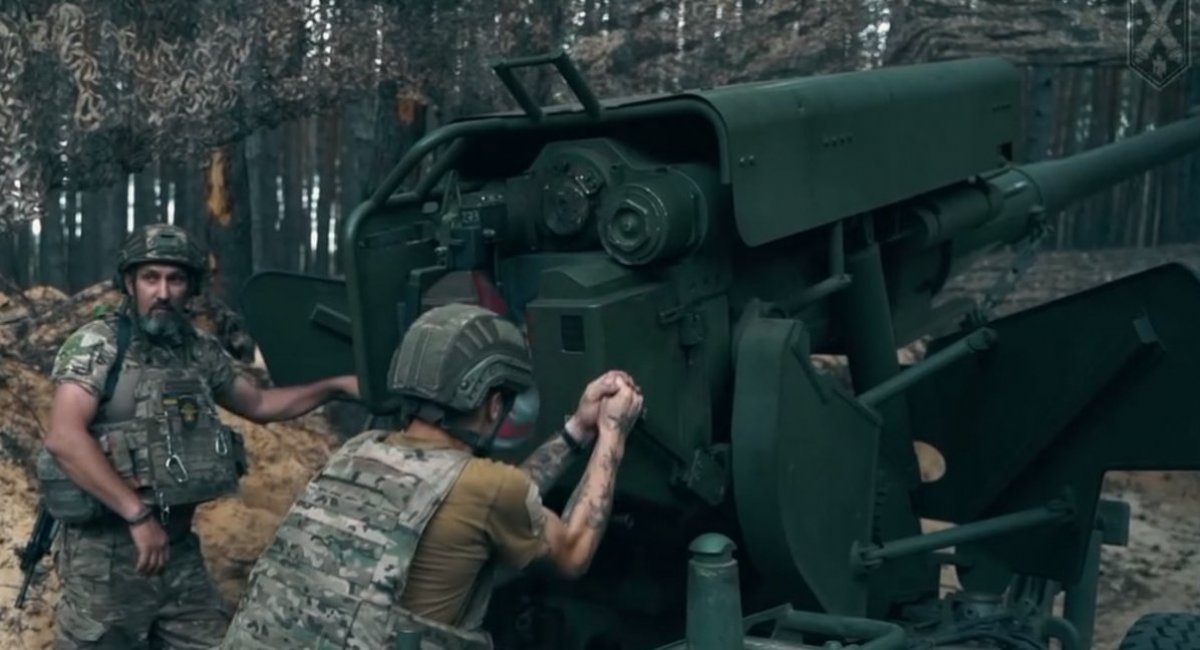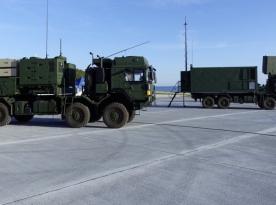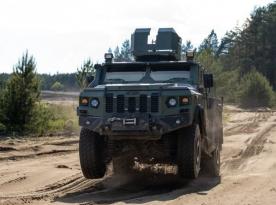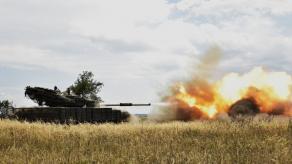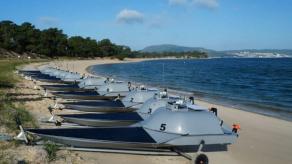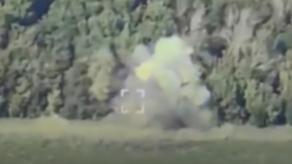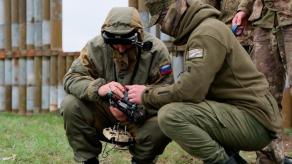The Bohdana-BG has entered service with Ukraine’s 3rd Separate Assault Brigade. Footage showing its use in the field highlights a critical aspect that needs attention.
In a video shared on social media, artillery crews can be seen operating the system. At first glance, everything seems standard, but a closer look at the loading process reveals an issue.
Read more: Could Rheinmetall's New TGS-MIL Protected Truck Become the Next Platform for Ukraine's 2S22 Bogdana Howitzer?
Soldiers have to manually lift 155mm shells, each weighing up to 40 kilograms, to a considerable height and insert them directly into the chamber. This not only slows down the rate of fire but also poses significant physical strain and potential health risks for the crew.
A similar problem existed with the early versions of the 2S22 Bohdana self-propelled howitzer, where shells had to be lifted even higher —sometimes requiring soldiers to stand on improvised platforms. This issue was eventually resolved by installing a mechanical rammer.
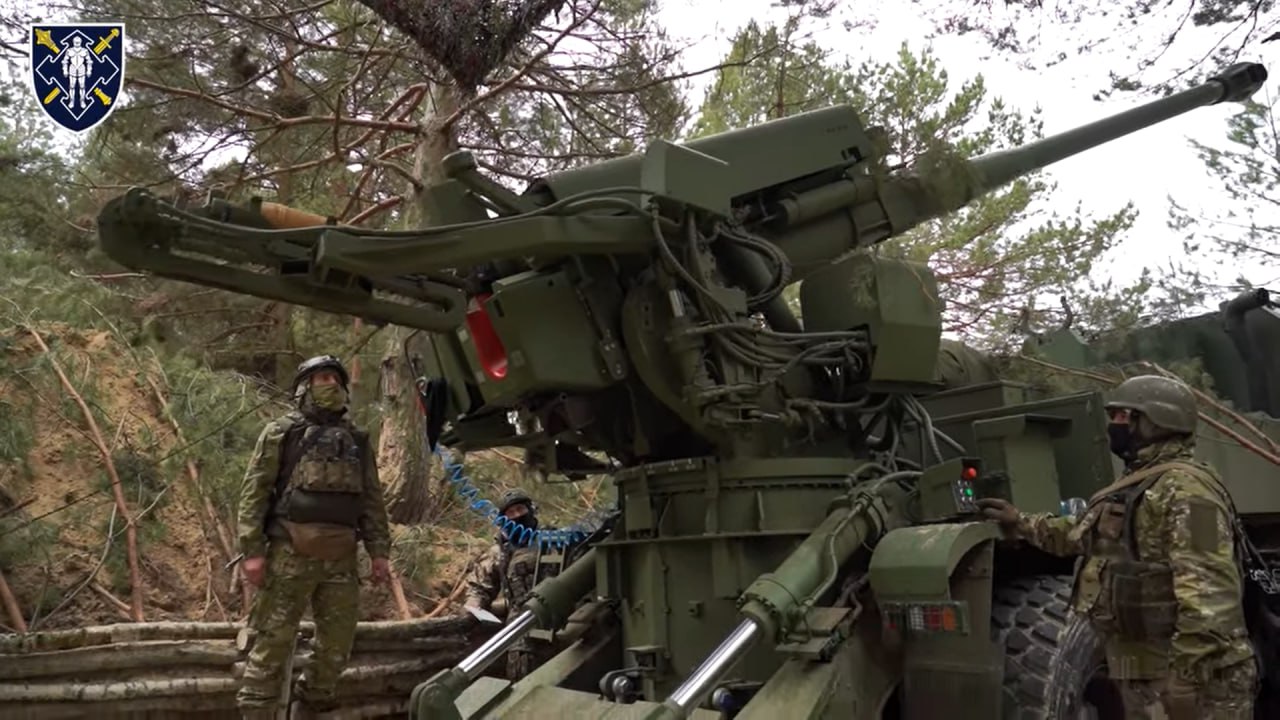
For towed howitzers, however, such complex and costly solutions may not be practical. A more feasible option is a basic loading tray, as seen on systems like the M777. This simple addition would ease the loading process and improve ergonomics.
Currently, the Bohdana-BG is built using existing Soviet-era Giatsint-B carriages. While this approach simplifies and reduces production costs, it results in a platform that is still relatively rudimentary.

A new carriage is now in development specifically for the Bohdana-BG. This will open the way for further enhancements, such as integrating a loading tray, that can significantly improve operational efficiency.
As for mechanical rammers, they are typically used on self-propelled or motorized towed howitzers, which are equipped with engines enabling limited mobility. One example is the French Nexter TRF1, which is also in service with the Ukrainian Armed Forces.
Read more: How Many Domestically Produced Bohdana-BG Towed Howitzers Have Ukrainian Forces Received in 2025?




